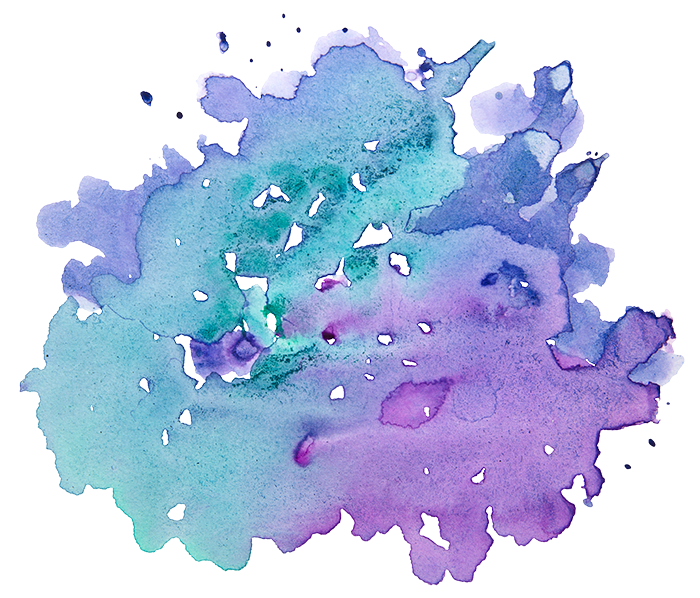by Rebekah Erev
In 2000, a group of radical queers in Olympia, Washington welcomed me into a chavurah (group of friends) of artists, musicians, and organizers. We had all experienced feeling excluded, living on the fringes, and shared a desire to welcome and acknowledge the beauty of the liminal space we occupied as queers. We collectively valued accessibility. As queer culture always does, we flipped social judgement of our gender and sexuality into comedy and lifted up the strange as divine. We did this in our questioning what it meant to be Jewish: you didn’t have to read Hebrew or know anything about Judaism to be welcomed into this group of people. Your gender could expand infinitely. You didn’t need allegiances to Israel. You could live in diaspora and make this land your home by honoring the indigenous people and using your ancestral rituals for healing the world around you.

We lived surrounded by water in Olympia. Like all the people who came before us, including the Squaxin, Nisqually, Puyallup, Chehalis, Suquamish, and Duwamish who were indigenous to that land, water became central to our lives. As Jews in diaspora, we lived in a place wherein we were uninvited visitors. By jumping into the Puget sound, impromptu, mikveh-style, before Shabbat and singing to the water, we said thank you to the place we made home.

These practices came to define my expectations of Judaism: queerness, accessibility, celebration of liminality, and reverence for the land as a living body with a history and future. It was a gift to come into adulthood with this kind of framework. When I encounter anything contrary, I know it can be different. This has defined my work to lift up and create accessible Jewish ritual and art for those who have been excluded.
Many formal mikvaot exist in synagogues. These spaces are segregated in their use by gender, in accordance with Jewish custom. If you are not a male or a female, if you are transitioning genders, if your sexuality isn’t accepted, if your body and spirit don’t conform to a binary gender norm, where do you go? Many queers are answering this question with our art and community. Adamah, Mayyim Hayyim, Immerse NYC and some synagogues also support finding satisfactory answers to these questions. The Queer Mikveh Project exists to document and support these investigations.
The Queer Mikveh Project began when I met Orev Katz, a Toronto-based artist during a Kohenet (Hebrew priestess training program) retreat. Katz was developing a project called MVH. The project was creating ceremonies in an art gallery space, using mikveh as inspiration for healing in the queer and trans community. As queer artists and kohanot, (plural for kohenet) we began to collaborate on the use of this powerful ritual. I started to learn about other queer Jewish artists using themes of mikveh and became inspired to document them.

I think queer Jews are interested in mikveh because of its transitional nature and the opportunity that it presents us. We are made of water. Our bodies physiologically change constantly. Our brains are always building new neurotransmitters, new ways of thinking and therefore, living. We look to this ritual to help us mark the changes in our world and bodies. In water we become buoyant; we float, time floats. We enter a time out of time, a place without definition. As queers we often feel that the space we occupy in this world is “in between.” It’s a precious space, a space that’s attractive and elusive in its liminality. Water has the power to hold that.
People have always acknowledged there is more to gender than a binary. The Talmud mentions over six different genders. I once heard a teacher Leticia Nieto say, “There are as many genders as there are people.” The hope of The Queer Mikveh Project is to lift up teachings like these, to be a collaborator in the transformation of a gender-liberated Judaism, and to use our rituals for healing the land upon which we are merely visitors.
Click here to preview the documentary film trailer and learn more about The Queer Mikveh Project.
Rebekah Erev is a queer, Jewish visual and conceptual artist as well as a Kohenet. Erev regularly creates and participates in the art of ritual, working with individuals, families, and couples to facilitate ceremony for life-cycle events. Erev self-published the Moon Angels/Malakh Halevanah Oracle Deck and is currently working on a documentary film about queer mikveh.


